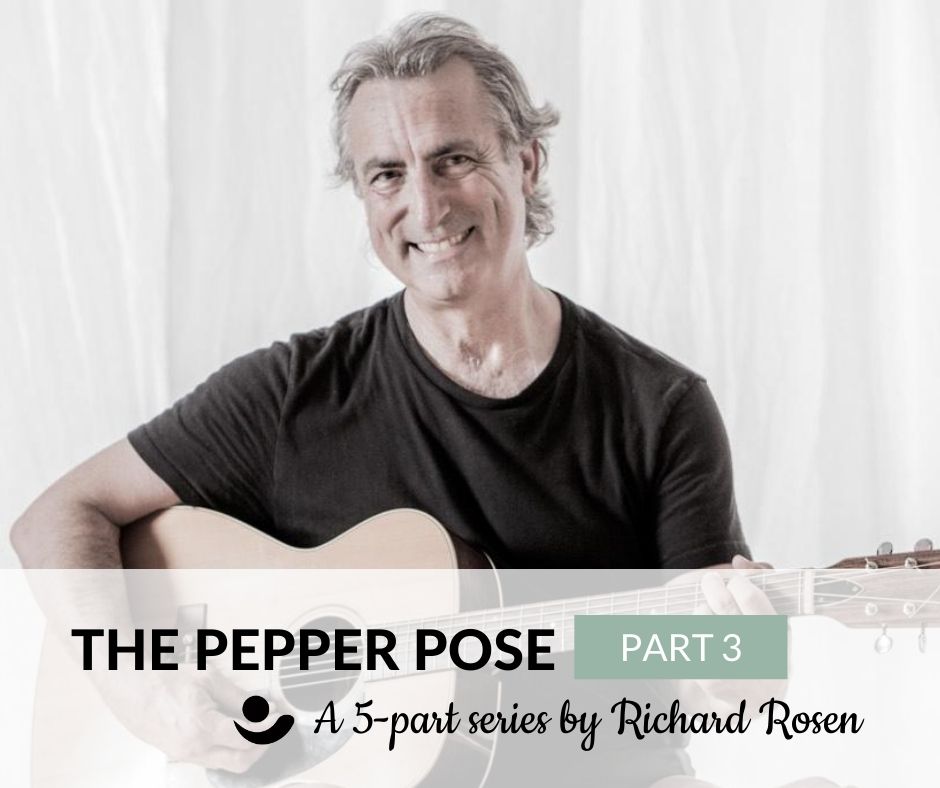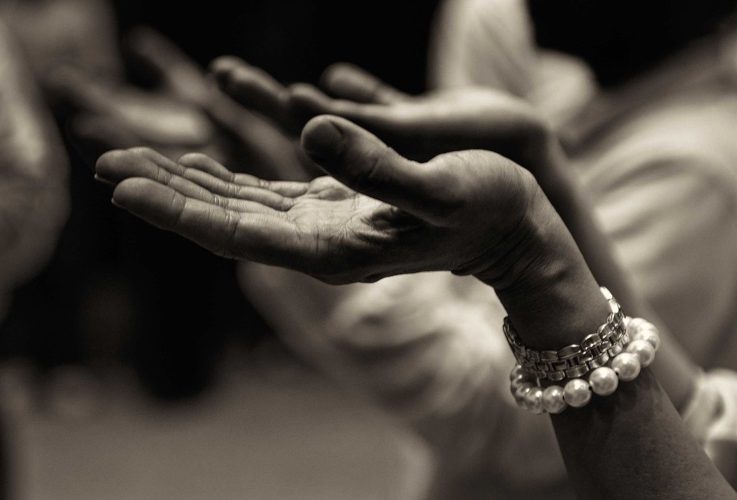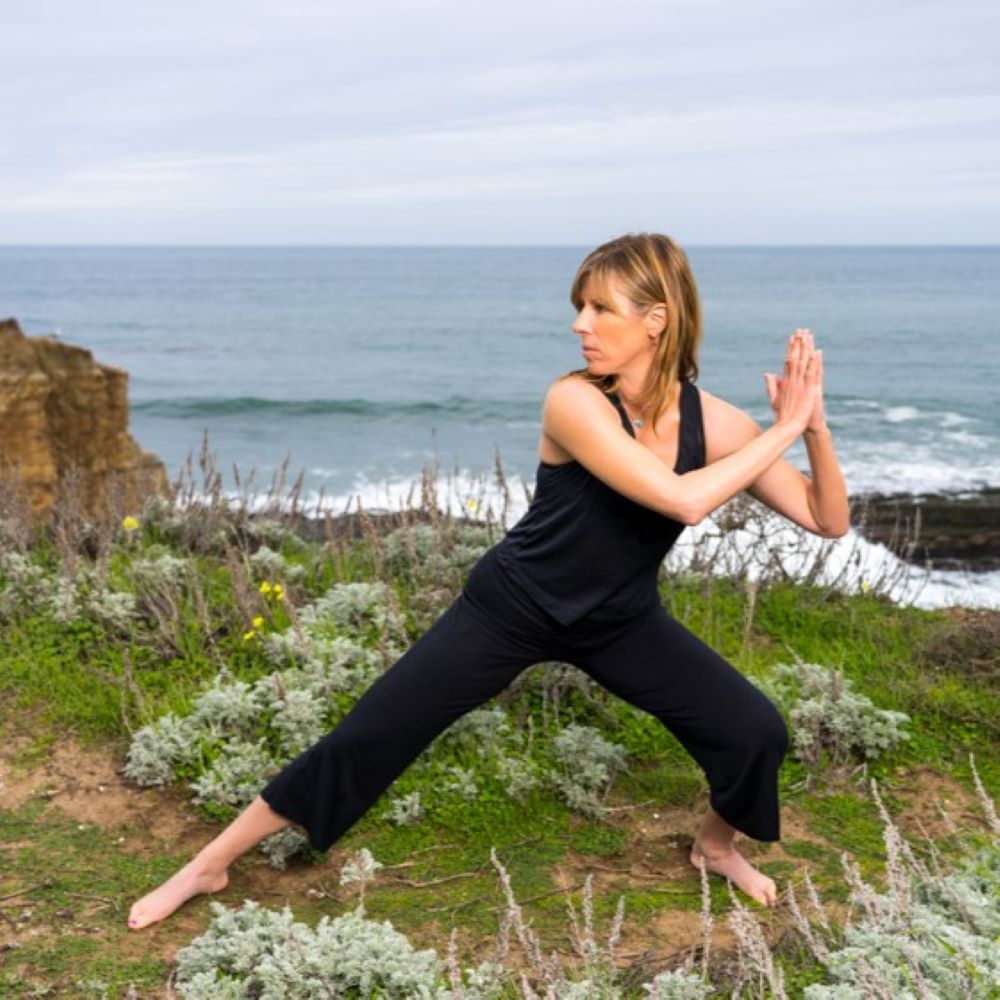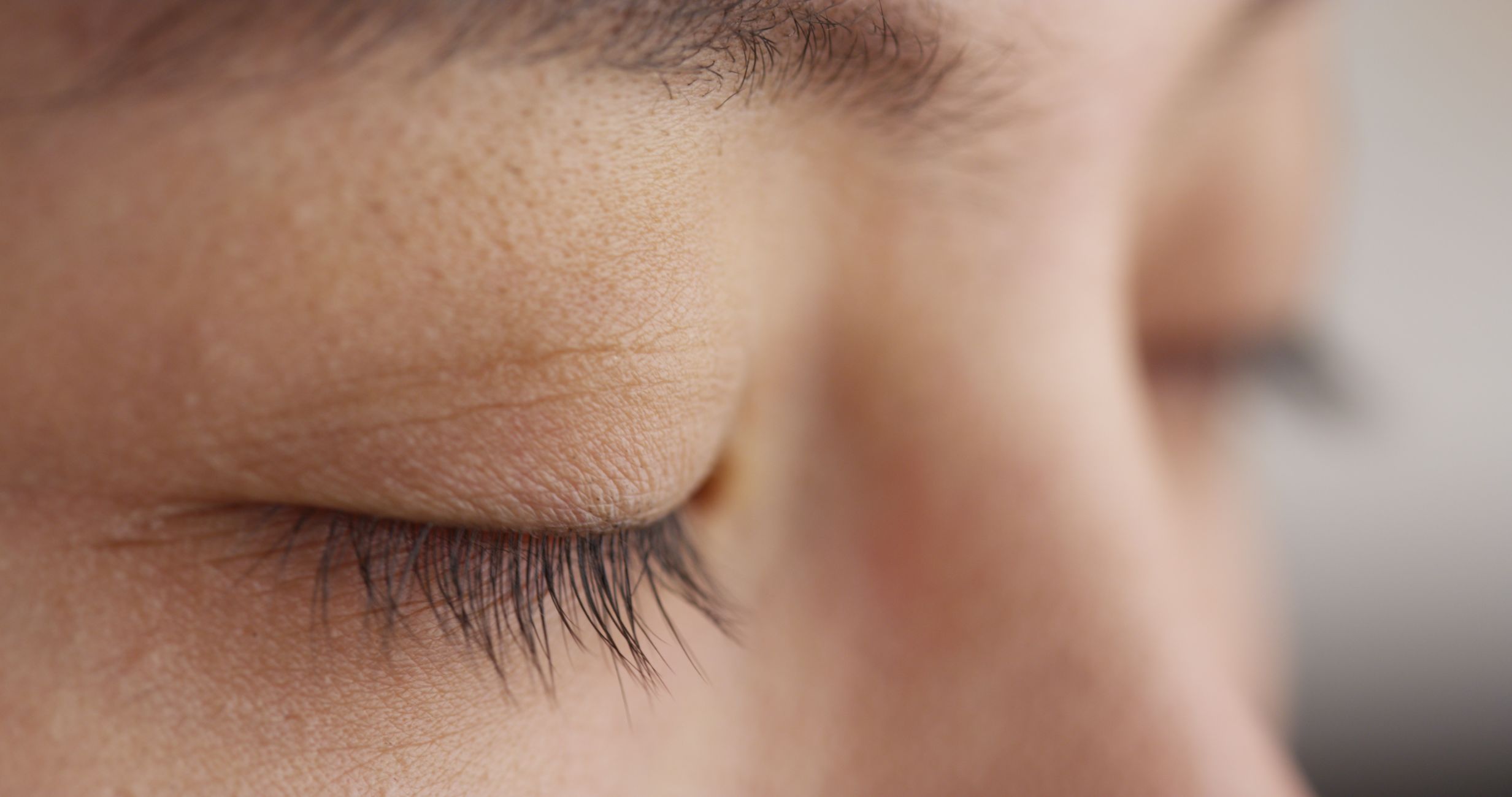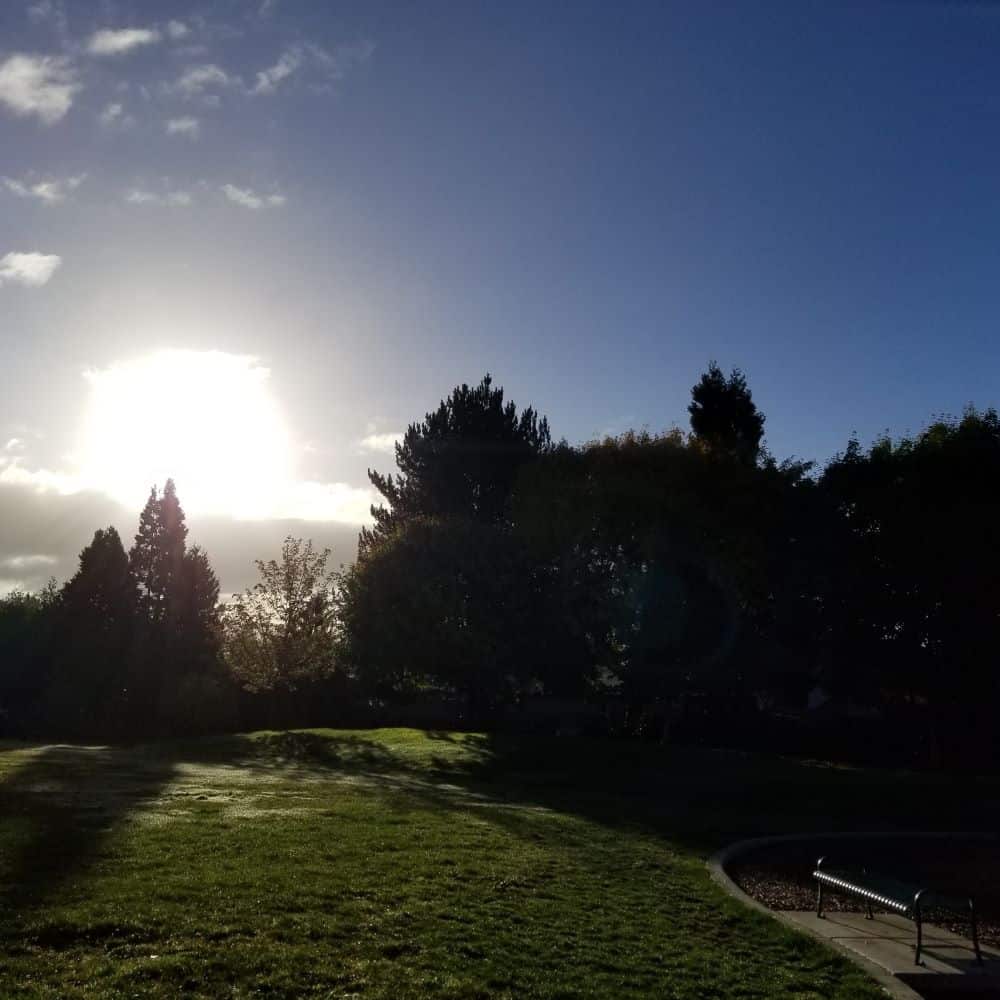A five-part world history lesson – part three. (Read parts one and two here.)
Early in the 19th century, translations of Indian literature began crossing the Atlantic from Europe. Thomas Jefferson read Shakuntala, a play by the “Indian Shakespeare,” Kalidasa; John Adams, dumped from the Presidency by Jefferson, took up the study of Hinduism; Ralph Emerson wrote poetry influenced by his reading of the Bhagavad Gita and Upanishads; Hank Thoreau religiously meditated over a copy of the Gita he carried with him at Walden Pond; Hermie Melville drew on Indian mythology for Moby Dick.
And while Americans traveled to India – ex–President Grant went there in the 1870s, Mark Twain in the 1890s – very few Indians came here because of a longstanding belief that leaving India and crossing the “black water” would result in indelible spiritual pollution. This attitude began to change in 1893, when a 30-year-old, self-proclaimed Indian swami stepped off a trans-Pacific mail boat in Vancouver and boarded a train for Chicago. He was bound for the World Parliament of Religion, an event attached to that year’s World’s Fair, also known as the Columbian Exposition. The Fair was organized to commemorate the 400th anniversary of Columbus’ “discovery” – some might call it “vanguard of European invasion” – of the New World (yes, Columbus landed in the Caribbean in 1492, convinced he was on an island off the coast of India he named the unfortunate natives “Indians,” but the Fair, which was scheduled to open in 1892, opened a year late because of bureaucratic entanglements).
The Fair’s centerpiece was the so-called White City, a collection of neo-classical buildings designed by American architects that served as exhibition halls. All the buildings (save one) were painted white, and so, from a distance, looked as if they were constructed of marble. But their beauty was only skin deep – scheduled to be destroyed at Fair’s end, the buildings were in fact made of stucco. Some writers say that, while the White City was no doubt a major draw – a Midwestern newspaperman by the name of L. Frank Baum visited the City and later used it as the model for an imaginary place he called Oz – the Fair’s real money-making attraction was on a long street outside its official venue. Called the Midway, it was something like Vegas without the gambling, neon lights, and heat. People came from all over the country, even during the worst Depression this country had experienced up to that time, lured by the Midway’s many amazing attractions: the first Ferris wheel (brainchild of George Washington Ferris), a scale model of the Eiffel Tower, a balloon ride that ascended hundreds of feet in the air, an ostrich farm, and a reproduction of a street in Cairo, replete with the scandalous Little Egypt (who was actually Lebanese) dancing what the papers of the time called the “Hootchie-Kootchie.”
The World Parliament was organized to bring representatives of 10 major world religions together in a spirit of harmony to politely discuss and debate their differences and celebrate their commonalities. At first everybody was on their best behavior. But then, some of the Eastern representatives had the nerve to suggest that, just maybe, the Christians had in the past acted as tools of the colonialist powers. To further their missionary efforts to convert the “heathens,” as all non-Christians were labeled, they’d spread a few – just a few – misrepresentations about Eastern religion, especially Hinduism. The Christians, figuratively slapped on the cheek, forgot the advice about turning the other one and lashed back. The gloves came off and our young Swami stepped boldly into the fray. We’ll find out more about him next time and get closer to answering the big question: what has all this to do with Yoga?
